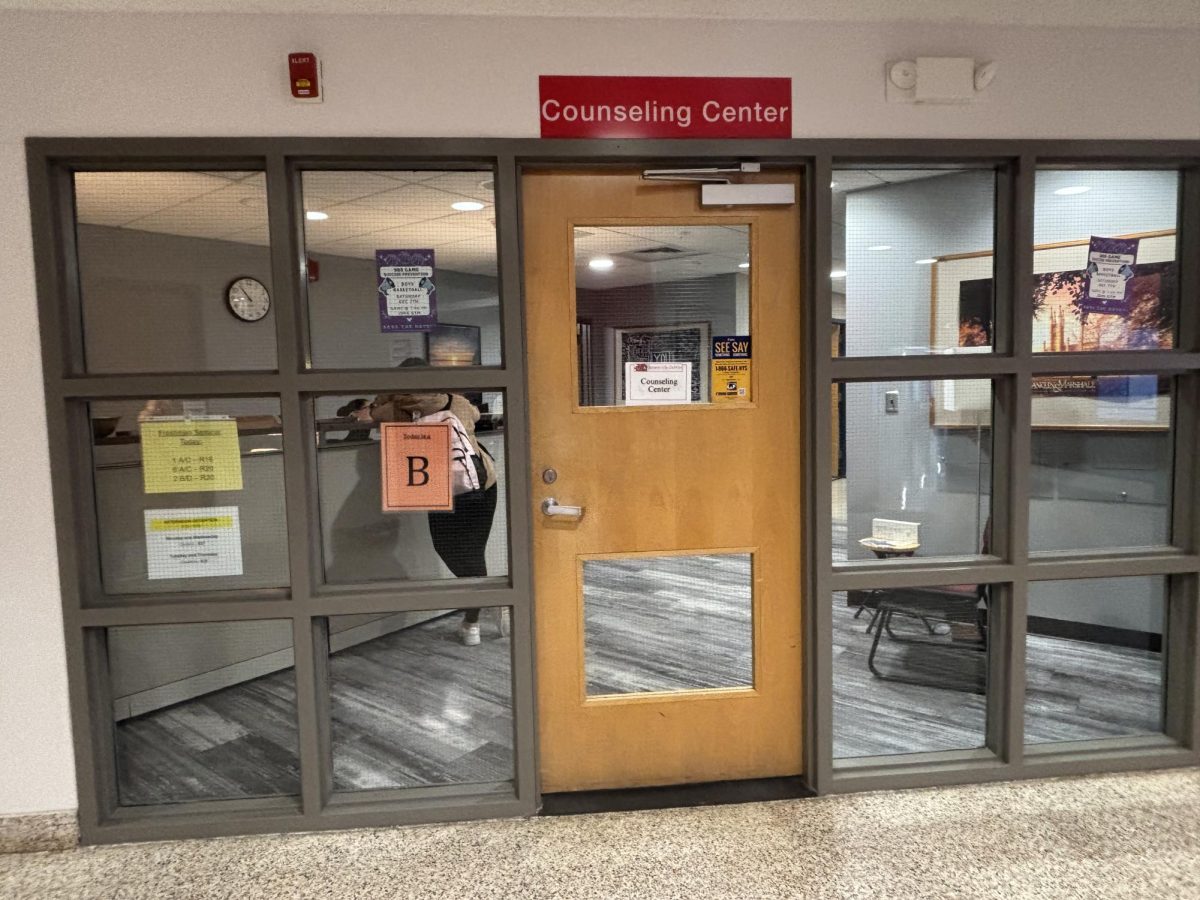The overwhelming rumor started by Principal Gasparini that Jamesville-DeWitt is the best high school in the world has both been confirmed (to an extent) and refuted. The U.S. News and World Report released its 2021 local, state, and national rankings for nearly 24,000 public high schools nationwide, 1,281 of which were in New York State. In this report, J-D ranked 1st in the Syracuse area, 73rd in New York, and 770th in the U.S. But how accurate are these rankings?
Schools were ranked on six factors: college readiness (the proportion of 12th graders who took and passed at least one AP (Advanced Placement) or IB (International Baccalaureate) exam, college curriculum breadth (the proportion of 12th graders that took and passed multiple AP or IB exams), math and proficiency (aggregated scores on state assessments that students are required to pass to graduate), math and reading performance (whether performance on state assessments exceeded expectations given the school’s proportion of underserved students), underserved performance rate (how Black, Hispanic and low-income students performed on state assessments compared with those who are not underserved) and graduation rate (the proportion of entering ninth graders who graduated four academic years later). Total rankings were scored out of 100 — similar to an exam — for which J-D received an overall score of 95.69.
While J-D excels in each of the previously mentioned areas, they also offer many other advantages that were not taken into consideration that could have possibly improved the school’s rankings. Specifically in college readiness and college curriculum breadth, J-D offers many college credit-earning courses that are not AP or IB that were not taken into account. These courses include Syracuse University Project Advance (SUPA) classes, Onondaga County Community (OCC) College’s College Credit Now program, and Project Lead the Way engineering initiatives through Rochester Institute of Technology.
These college-level courses are credit-bearing and taught at colleges and universities that are typically characterized by a series of rigorous projects and papers, whereas credit is not always given (depending how a student scores on a final exam) on AP and IB classes that offer some curricular resources with an emphasis on a final exam. These college-level courses hold just as much, if not more, influence as AP and IB classes in college admissions, so why aren’t they considered in rankings?
The simple answer is that not all schools have access to collegiate courses, and even if they do, courses are diverse, and distinction in rigor makes it difficult to accurately reflect them in rankings. However, it remains that actual college and university courses (such as SUPA, OCC, and Project Lead the Way) could have raised J-D’s ranking if taken into consideration. This is certainly just one flaw in the U.S. News and World Report’s ranking process that will hopefully force them to transition to a more holistic ranking system. Nevertheless, J-D seems to be excelling despite the pandemic, and they have no gained some recognition for it.





































